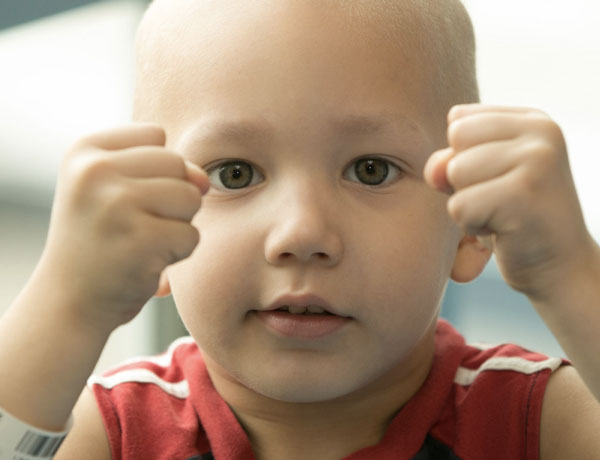
Diagnosed with Cancer? Your two greatest challenges are understanding cancer and understanding possible side effects from chemo and radiation. Knowledge is Power!
Learn about conventional, complementary, and integrative therapies.
Dealing with treatment side effects? Learn about evidence-based therapies to alleviate your symptoms.
Click the orange button to the right to learn more.
- You are here:
- Home »
- Blog »
- pediatric cancer »
- Pediatric High-Risk Neuroblastoma- Rapid COJEC w/ Complementary Therapy
Pediatric High-Risk Neuroblastoma- Rapid COJEC w/ Complementary Therapy

Rapid COJEC for high-risk pediatric neuroblastoma can kill the cancer but can also cause short, long-term and late stage side effects. Consider Complementary and Integrative therapies to reduce this risk-
- Cancer Survivor
- Cancer Coach
- Director PeopleBeatingCancer
Recommended Reading:
- Stem Cell Transplant- Stomatitis, Mucositis- homeopathic therapie
- Essential Oil As Pancreatic, Colorectal Cancer Therapies?!?
Rapid COJEC versus standard induction therapies for high-risk neuroblastoma.
- Febrile neutropenia (two or more episodes),
- proven fungal infections,
- septicemia (one or more episodes),
- gastrointestinal toxicity (grade 3 or 4),
- renal toxicity (glomerular filtration rate < 80 ml/min per body surface area of 1.73 m(2)),
- neurological toxicity (grade 3 or 4), and
- ototoxicity (Brock grade 2 to 4) were addressed as early toxicities (during pre-operative chemotherapy).
High-dose rapid and standard induction chemotherapy for patients aged over 1 year with stage 4 neuroblastoma: a randomised trial.
High-Risk Neuroblastoma Treatment Review
- Properly diagnosed by experienced neuroblastoma experts
- Treated at a hospital with experience in treating and monitoring the disease
The majority of high-risk treatment protocols use some combination of the following procedures:
- Induction Chemotherapy: Four to six courses of combined drug chemotherapy is given first to reduce the size of the primary and any metastatic tumor (cancer cells that have spread to other parts of the body). The particular medications and doses vary.
- Surgery to remove as much tumor as possible following the induction chemotherapy.
- Consolidation Therapy involves stem cell transplant. Standard treatment of high-risk neuroblastoma includes the use of very high doses of chemotherapy followed by an autologous (self-donating) hematopoietic (blood cells) stem cell infusion. This a multi-stage process that involves:
- collecting stem cells from the patient that will be stored for later use This usually occurs during the induction part of therapy
- administering very high doses of chemotherapy to eliminate any remaining tumor cells
- infusing collected stem cells to the patient to restore the bone marrow that has been destroyed by the chemotherapy/radiation
Curcumin induces apoptosis in human neuroblastoma cells via inhibition of AKT and Foxo3a nuclear translocation.
Curcumin and resveratrol induce apoptosis and nuclear translocation and activation of p53 in human neuroblastoma.
“Observations suggest that the cytotoxicity, cell cycle arrest and apoptosis induced by curcumin and resveratrol in NB cells may be mediated via functionally activated p53 and merit further study.”
In vitro and in vivo efficacy of non-psychoactive cannabidiol in neuroblastoma
“Our results demonstrate the antitumourigenic action of cbd on nbl cells. Because cbd is a nonpsychoactive cannabinoid that appears to be devoid of side effects, our results support its exploitation as an effective anticancer drug in the management of nbl…”


